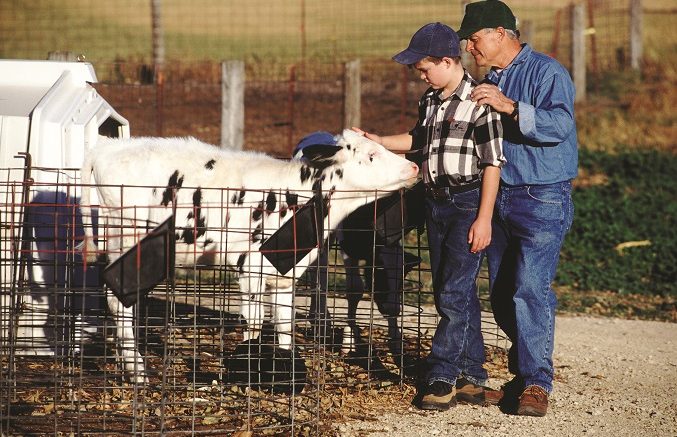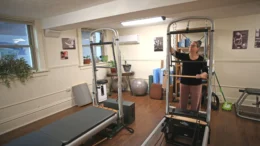(Family Features) Although many young people care deeply about global issues like food and the environment, they don’t necessarily see these matters as connected. By learning more about the source of their food and the benefits of making nutritious choices, eating appropriate portions and minimizing food waste, youth can better understand the positive impact on their own and the planet’s health.
“America’s teens don’t think about or understand the relationship between food, their health and the health of our planet, yet they have a strong desire to connect the food they eat with the world they live in,” said Alexis Glick, CEO of GENYOUth, a national nonprofit organization dedicated to creating healthier school communities. “It’s crucial that they have the knowledge to serve as smart stewards in support of a healthy planet and its people.”
Help the kids in your life begin to understand how food and the planet are closely connected through these ideas.
Be informed about how food choices impact Earth. Learning about the way food choices affect the environment can lead to changes in behavior. All foods require some degree of natural resources to be grown or produced, and nutrient-rich foods are required to survive and thrive. By using sustainable agricultural practices and minimizing the use of natural resources, farmers can provide nourishing food while being mindful of the planet.
Eat sustainably. Youth are twice as likely to think about the healthfulness of their food as its environmental impact, according to Youth & the Future of Food, a national survey of teens published by GENYOUth. While 65% of youth say they regularly think about how healthy or nutritious their food is, only 33% think about whether the food they eat has an impact on the environment. One way to eat sustainably is reducing, recovering and recycling food waste at home.
Plant or get involved in a community garden. A community garden offers multiple benefits, including turning eyesore locations into places of beauty and providing a source of fresh local produce. Community gardens have become especially important in urban areas where access to fresh food may be limited. Research gardens in your community to learn how you can help. Or gather a group and find a spot to start your own garden, such as your local school, using grants and local donations.
Visit a local farm. Those closest to the land and food production offer a wealth of knowledge about where food comes from, how it’s grown or raised and what is added to it to make it wholesome and safe to consume. According to the survey, farmers are seen as trusted allies, with 64% of young people saying they would like to visit a farm and talk with a farmer and 83% interested in hearing more from those who work directly in agriculture. Many dairy farms host school and community group tours to help teach children about where their food comes from.
Learn how to cook. A passion for food that is responsibly produced can be motivated by your taste buds and curiosity in the kitchen. Start by learning about locally sourced foods or buying fresh foods when they are in season. In fact, milk is a local food, and there are dairy farms providing fresh, local milk to grocery stores across America. By exploring different recipes that use locally sourced ingredients, you can create a nutritious meal or snack that is good for you and the planet.
To find more ways to build a connection between food, your health and the environment, visit genyouthnow.org/reports.































